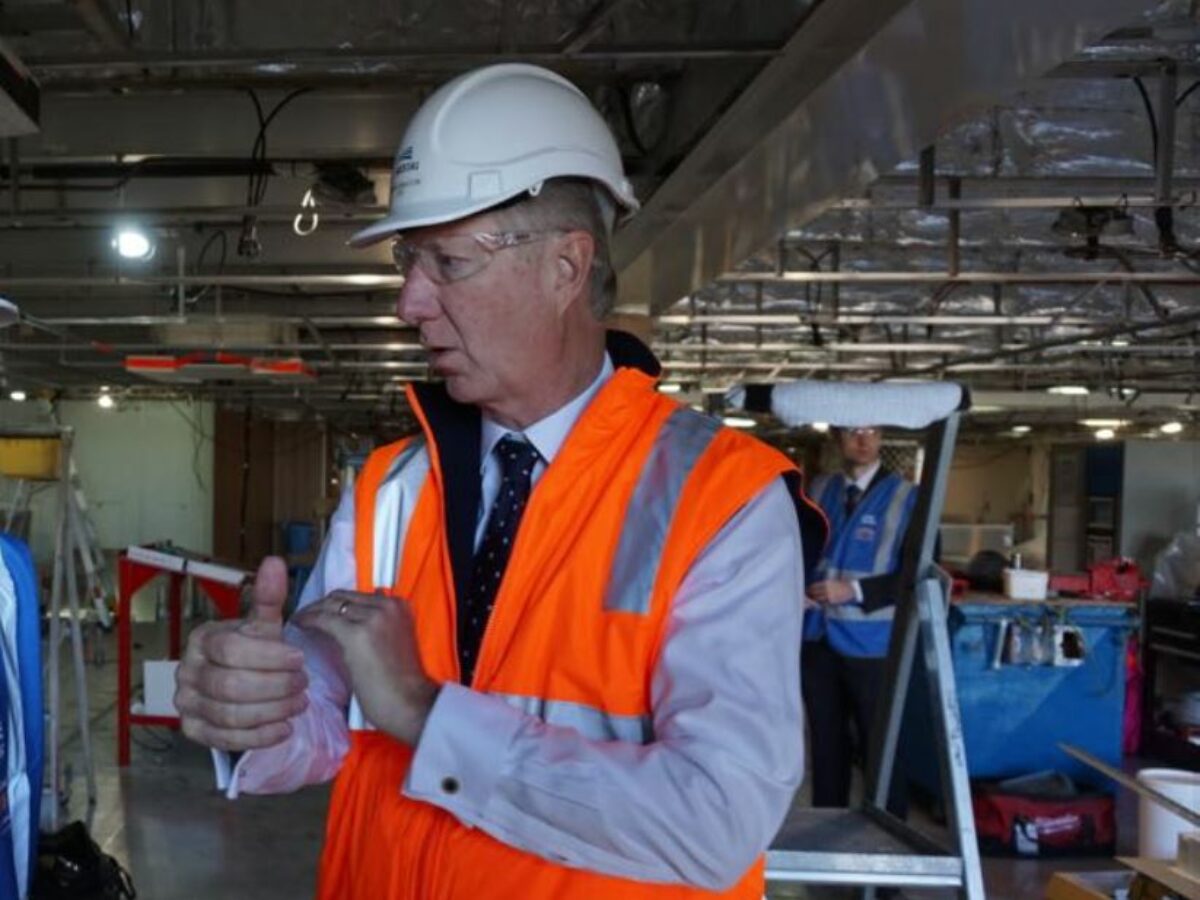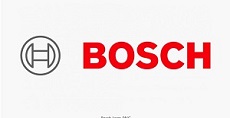Leadership in factory automation – David Singleton of Austin Engineering

We launch our new editorial series, Leadership in factory automation, today with an interview with a titan of Australian advanced manufacturing – David Singleton. As CEO of Perth shipbuilder, Austal he took that company global, breaking into the US Navy defence market. Now he is driving mining equipment manufacturer Austin Engineering into the industry 4.0 age. Here he speaks with Peter Roberts
@AuManufacturing: At Austal you produced ships that were highly automated, but did not particularly employ much automation in manufacturing in your Australian shipyard. Now at Austin Engineering, you have re-organised the global business and are now automating the factory in Perth making the giant truck bodies used in the mining industry. You have been in manufacturing all your life, what is your philosophy behind automation?
David Singleton: In any advanced economy having a strong manufacturing industry is hugely important for employment and generation of wealth. Now Australia clearly is an an advanced economy and should have a significant manufacturing sector that complements our other great strengths be it mining, or oil and gas. But every time there is a discussion about manufacturing the naysayers point to our high labour costs as an impediment. That’s clearly wrong and the evidence for that is that nations like Germany, Japan and the US are high wage countries also but they are successful in manufacturing.
So the question is why not us? At Austal we had a strong technology base in Australia and we produced a lot of advanced technology and equipment in Australia. We augmented that with lower cost capacity on our doorstep in the Philippines and Vietnam. It is a great model and its entirely possible here if we utilise the latest technology in manufacturing.
@AuManufacturing: Austin’s products are giant truck bodies, weighing as much as 30 tonnes and nine metres wide, welded from Bisalloy Australian-made wear resistant steel. I know you have moved towards a model of pre-fabricating the bodies at key locations in Australia and overseas including in the Americas, and shipping the kits closer to mine sites for welding. What is your approach to automation at Austin’s Kewdale plant in Perth?
David Singleton: Firstly, we have to think about how we differentiate our products from the competition. You make sure that you have a high intellectual component so that the products we are building are the very best in the world. Here it is about using world-class processes in manufacturing and also automating some of the key processes. We are investing $6.5 million at Kewdale doing just that, which is a significant amount for business of our size.
We have moved to a flow process in the plant. It is like the sort of manufacturing technology used in the car industry and re-engineered for heavy engineering. At the same time we are building more and more robotics and automated systems into the process. We have had large robotic welders for two years now that weld the bottom of the dump truck trays. That has given us comfort to start looking at other smaller systems that can do more of the welding, and other systems that cut the labour hours needed. We are investing in four or five new robots and will probably end up with 10 or more.
@AuManufacturing: Does this mean fewer people employed making your products?
David Singleton: My experience over the years has been the complete opposite of that. The more efficient and the more capable you become including by adding robotics, the more workers you end up with, the more employment you end up creating. Inefficient industries die and efficient industries prosper. I guarantee you that the more we employ robotics in this country the more valuable the manufacturing sector will become and the more people it will employ.
@AuManufacturing: Can you tell us a little bit more about how the plant has changed, how it works?
David Singleton: Well we have re-laid out the plant. We designed the process around a takt time of one day, so every element of a truck body can be built in one day, and the final assembly can be done in four days. As a result we deliver a truck body out of the factory every four days. Recently we moved to a three day weekend, and four longer work days. If we want to do overtime we can have a 25 per cent increase in production volume by working a full day on Friday. Just moving to a four day week effectively added 25 per cent to our production capacity.
We have re-designed some of our products to make them much easier to manufacture, and to move them around the world. We are also automating our design process to include computer aided design, 3D orinting and finite element analysis. Our designs are essentially bespoke to a different site or customer. We export our designs to our other production centres in Chile, Batam Island in Indonesia (close to Singapore), and to Casper, Wyoming in the United States. From there we ship bodies or we ship components for final assembly closer to the customer. Casper, for example, extends our reach into Canada.
People tend to focus on the welding , and fabrication and he steel. For me the design is critical. When you design in Australia, it tends to drive your production in Australia. It is part of what I consider the single most important element of driving manufacturing jobs in Australia. That is to drive high level intellectual property creation in this country.
Pictures: Facebook/David Singleton
@AuManufacturing’s editorial series – Leadership in factory automation – is brought to you with the support of Bosch Australia Manufacturing Solutions, and the Innovative Manufacturing Cooperative Research Centre.


Subscribe to our free @AuManufacturing newsletter here.
@aumanufacturing Sections
Analysis and Commentary Awards Defence Manufacturing News Podcast Technology Videos






